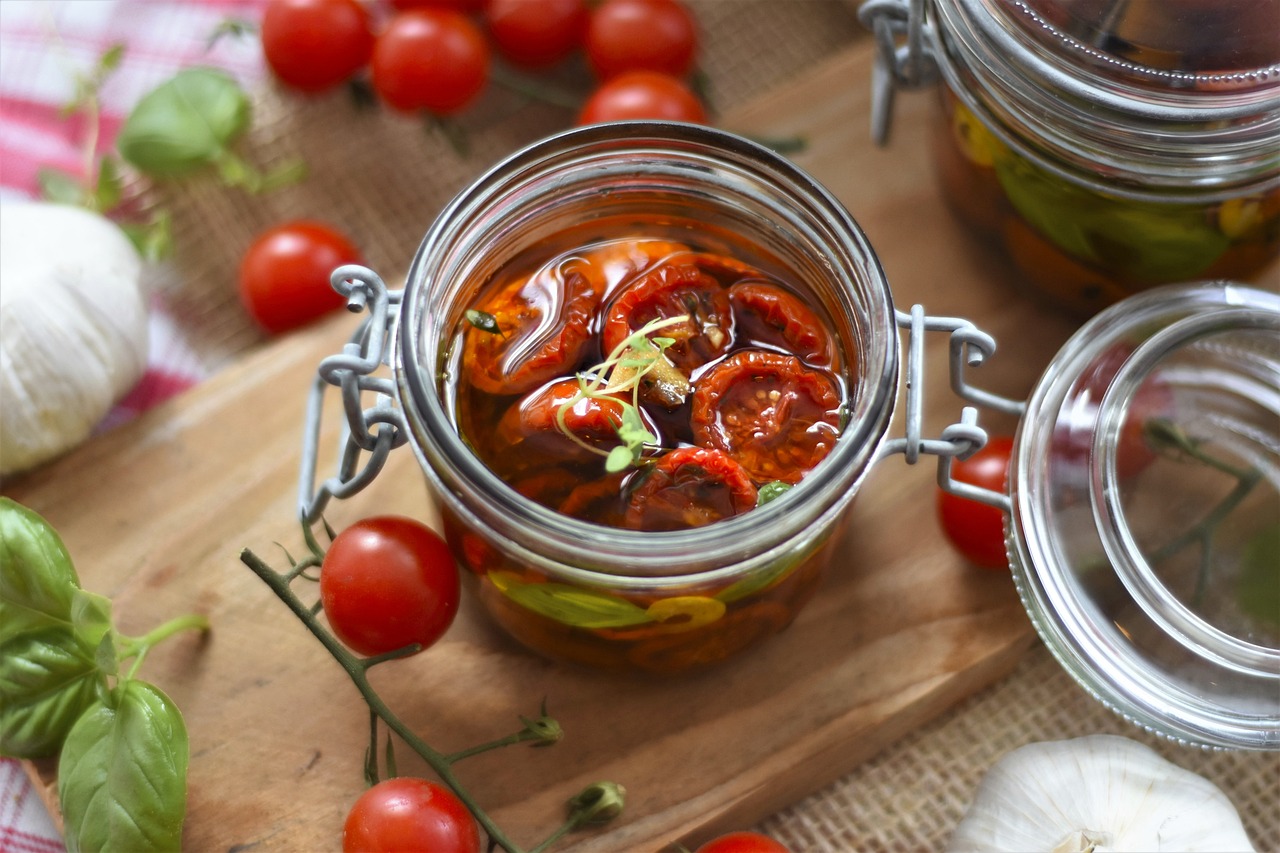Pear and Jicama Salsa

How To Enjoy the Perfect Pear
Fragrant with perfume, the best pear I ever ate announced its perfection as the waiter set it in front of me. It was served as dessert at The Café at Chez Panisse, Alice Waters’s more casual restaurant in Berkeley, California. My plate arrived bearing just the pear, presented whole, with a modest slab of Italian sweet Gorgonzola cheese beside it.
It was a Bartlett variety called a Butter Pear, with almost liquid flesh that is too fragile to make it to the supermarket. But supermarkets have other kinds of Bartletts. Treat them with the same care as they get at Chez Panisse and they, too, can deliver exquisite aroma, abundant juice and sugar-sweetness.
Treating a pear properly is simple. Pears are picked when mature but not fully ripe. If left to ripen on the tree, they develop a gritty texture. So let your pears sit at room temperature for two to three days. Ripening from the inside out, they will be at their peak of flavor, juice and sweetness when the stem end yields to gentle pressure. By the time the body of a pear feels soft, it is likely to be mushy.
If they ripen before you are ready to eat them, pears keep in the refrigerator for two or three days. Bring cold pears to room temperature to fully enjoy them.
Supermarkets carry several varieties of pears. The ones you find nearly any time are:
Green and Red Bartletts:
The green-skinned ones turn yellow when ripe. Aromatic and tender, both kinds are good for eating, cooking and canning. Try them accompanied by shavings of good Parmigiano-Reggiano cheese.
Bosc:
With russet skin over spicy flesh, their crispness makes them good for eating, poaching and canning. Hardy enough to carry in a lunch box, Bosc pears are delicious peeled, cubed or sliced in salads.
Green or Red Comice:
Tough, thick skin covers their tender, grainy yet meltingly juicy flesh. Serve them for dessert, either cut into wedges and peeled, or baked like an apple at 400 degrees F. for an hour.
Forelle:
With red freckles on green skin, this small pear is ideal for snacking.
Seckel:
Russet skinned with a red cheek, a ripe Seckel is a crisp, spicy little sugar bomb. Delicious eaten fresh, it is also excellent poached in apple cider or canned.
This salsa shows how pears are good in savory dishes as well as desserts.
Pear and Jicama Salsa
Makes 6 servings. Per 1/4 cup serving: 22 calories, 0 g total fat (0 g saturated fat), 5 g carbohydrate, 0 g protein, 1.5 g dietary fiber, 195 mg sodium.
- 1/3 cup cubed jicama (peeled and cut into 1/4-inch cubes)
- Juice of 1/2 lime
- 1/2 tsp. salt
- 1 small garlic clove (very finely chopped)
- 1 medium Bartlett pear
- 2 large mint leaves (finely chopped)
- 1 tsp. finely chopped cilantro
- In medium mixing bowl add jicama, lime juice, salt and garlic. Using fork, mix to combine.
- Peel, core and cut pear into 1/4-inch cubes. Add to bowl with mint and cilantro, gently mixing to distribute them evenly.
- Serve salsa within 4 hours, chilled or cool.
The Author:
Something Different is written by Dana Jacobi, author of 12 Best Foods Cookbook and contributor to AICR’s New American Plate Cookbook: Recipes for a Healthy Weight and a Healthy Life.








